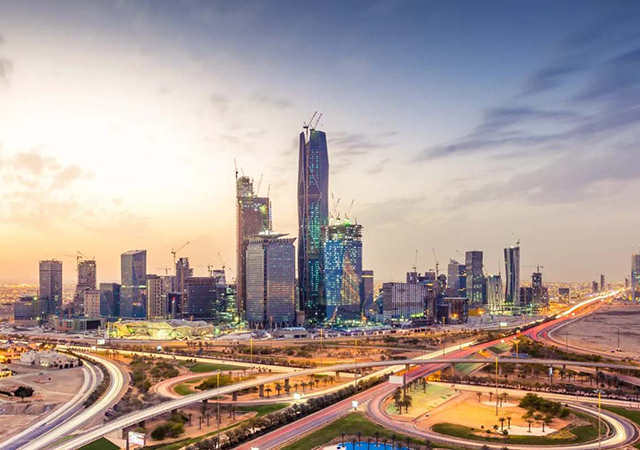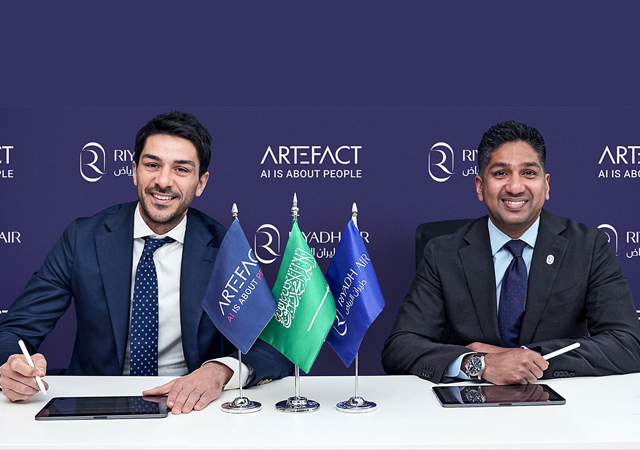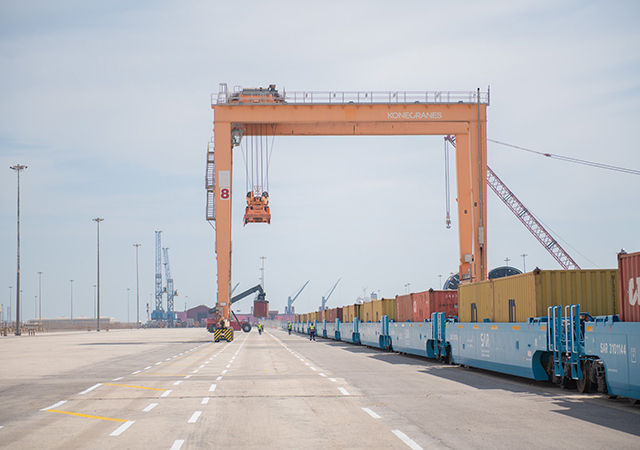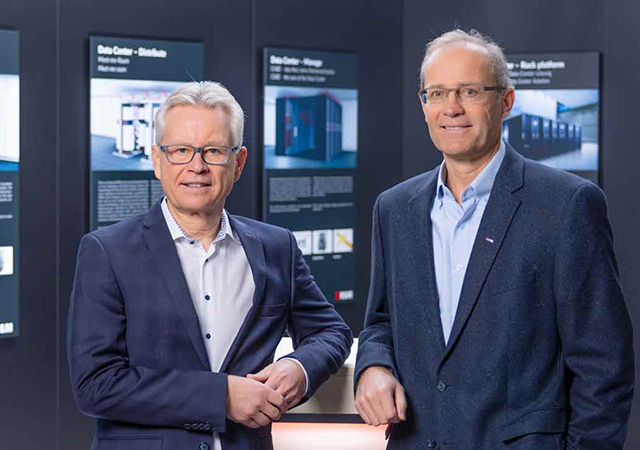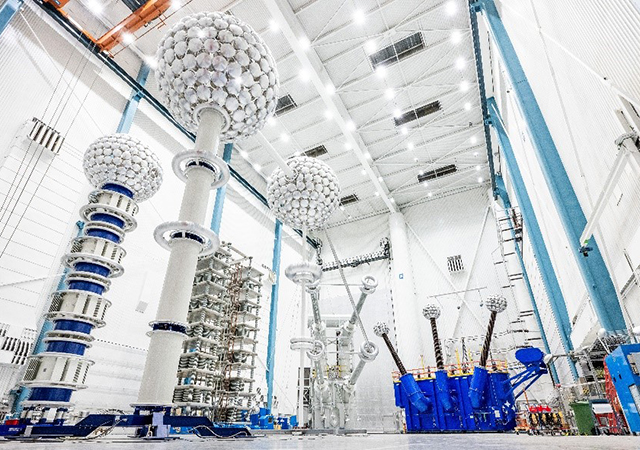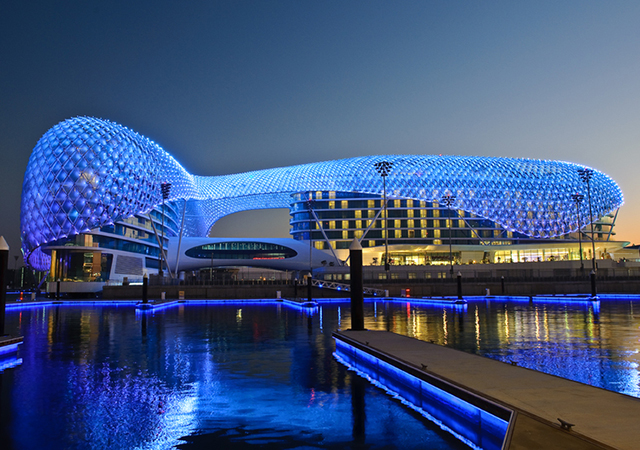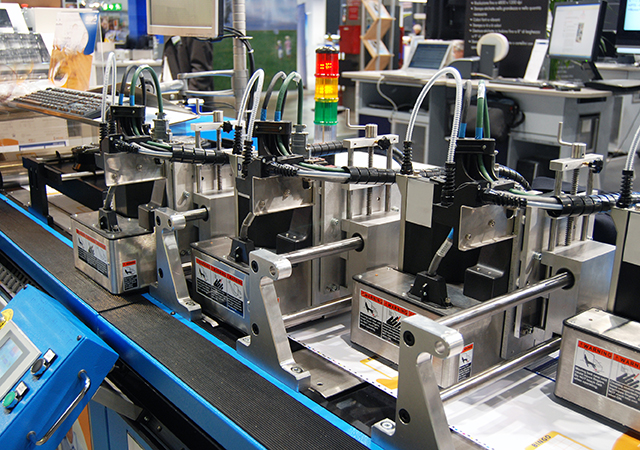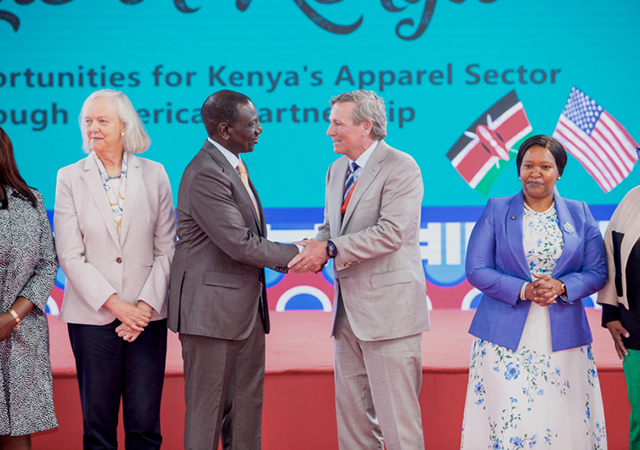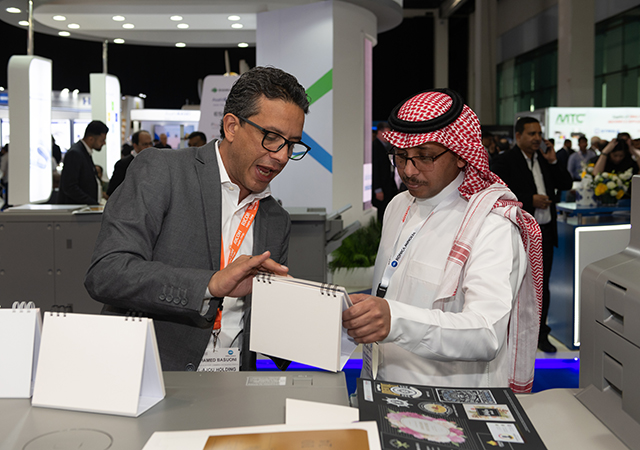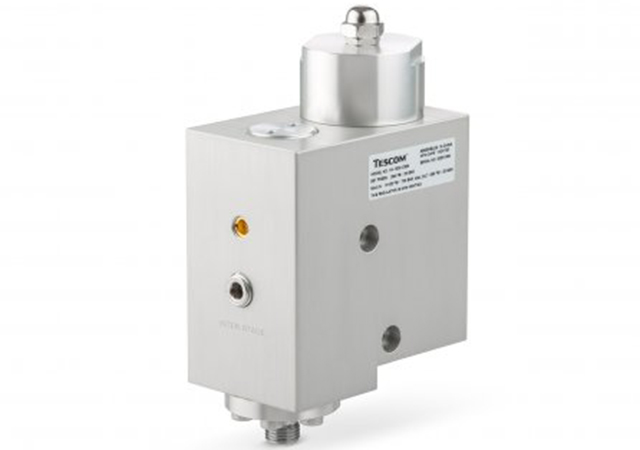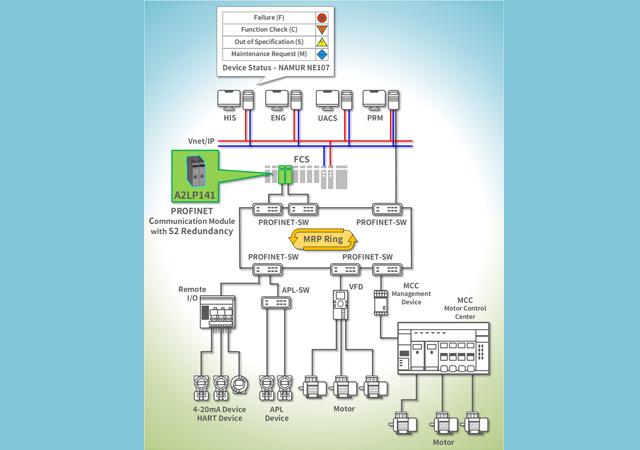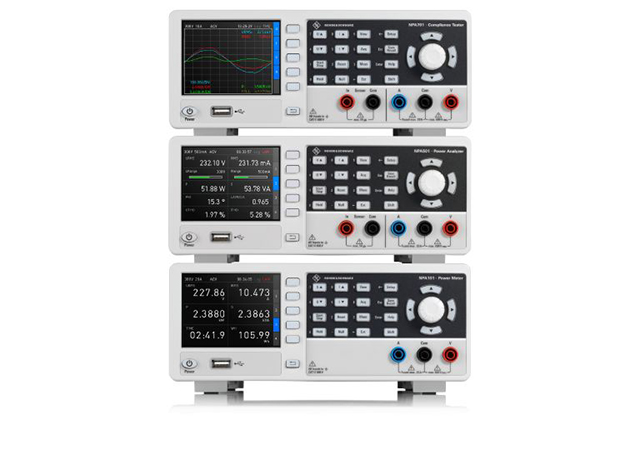
 AkzoNobel’s new exterior primer for aerospace industry is chromate-free
AkzoNobel’s new exterior primer for aerospace industry is chromate-free
Top players in the aerospace coatings market are focusing on research and development (R&D) activities to widen application scope of aerospace coatings, a new research report said. This will help key players sustain their competitive positions in the aerospace coatings market, said a report by Transparency Market Research (TMR) titled “Aerospace Coatings Market (Resin – Polyurethane, Epoxy, and Acrylics; Technology – Water-based and Solvent-based; User: OEM and MRO; End-User – Commercial & Business Aircraft, Military & Space, and Helicopters) – Global Industry Analysis, Size, Share, Growth, Trends, and Forecast 2017 – 2025.”
In February this year, PPG Industries, a key player in the market invested $10 million in its coating innovation centre.
Some of the prominent players operating in the global aerospace coatings market are Sherwin-Williams Company, AkzoNobel, Mankiewicz Gebr & Co and Hentzen Coatings. These players aim to offer products at a competitive price in order to strengthen their market position. This is expected to intensify competition in the aerospace coatings market in the coming years.
As per a report by TMR, the global aerospace coatings market was noted at a valuation of $1.53 billion in 2016. The market is expected to rise at a steady 5.80 per cent CAGR from 2017 to 2025. Rising at this CAGR, the aerospace coatings market is projected to attain a valuation of $2.53 billion by 2025.
Geographically, North America is anticipated to dominate the global aerospace coatings market in the forecast period. This is due to the significant growth of commercial aviation in countries like the US and Canada. This is augmenting the demand for aerospace coatings in the region. On the basis of resin, the polyurethane segmented is expected to take a lead over others. This is mainly because of their several desirable properties of polyurethane. Some of them are high resistance to abrasion, staining, and chemicals and ability to combat damaging effects of ultraviolet rays.
USE OF VOCS
The aerospace coatings market is anticipated to rise at a healthy pace during the forecast period. This is mainly because of the increasing area of application for aerospace coating. Aerospace coatings is applied on the exterior and interior surfaces of an aircraft to protect it from corrosion and increase their shelf life. Growing investments in aviation sector, coupled with increasing number of aircraft fleets are the primary drivers of the aerospace coatings market.
Apart from this, rising disposable income in emerging countries coupled with growth in global economy is increasing inclination of passengers towards air travel. In 2017, world economy increased by more than 2.5 per cent and global air traffic increase by 4.5 per cent compared to 2016. Surge in air passenger traffic across the globe has led to increased deliveries of aircrafts, further positively influencing the industry demand.
However, growing environmental concerns regarding use of volatile organic components (VOCs) in manufacturing of aerospace coatings is expected to hamper the growth of the aerospace coatings market. To overcome this, manufacturers are focusing on bio-based epoxy resins and water-based counterparts.
INNOVATIONS IN APPLICATION
Technological advancements such as nano-technology coating is poised to support the growth of the aerospace coatings market. This technology has ability to triple service life of the aerospace and increases metal durability in the aircraft, thereby offering a substantial push to the aerospace coating market. The regular innovations to reduce the overall manufacturing cost and enhance the product efficiency with the help of technology is expected to fuel the global aerospace coatings market.
AKZONOBEL’S NEW PRIMER
AkzoNobel, a leading global paints and coatings company, and Airbus, an international pioneer in the aerospace sector, have developed and launched a new chromate-free exterior primer, with the aim of making the aerospace industry more sustainable through product innovation.
Newly qualified by Airbus and now included in the aircraft manufacturer’s specifications, Aerodur HS 2121 is part of AkzoNobel’s latest generation decorative and selectively strippable system for aircraft exteriors, said a statement.
In addition to being free from chromates, the new primer provides users with numerous performance, appearance and application benefits, it said.
Designed to be applied at the final assembly stage to virtually all external aircraft surfaces, it offers increased adhesion without pre-treatment (also on rivets), improved corrosion performance and flexibility, and better visual coverage. It also has enhanced wetting properties, which means less primer needs to be applied, saving time and improving efficiency, it added.
Maud Khelstovsky, AkzoNobel’s key account manager for Airbus, said: “The launch of Aerodur HS 2121 builds on our long-standing commitment to improving our products, meeting customer needs and offering more sustainable solutions.”
“It’s an eco-premium solution which enables us to reduce the cost of ownership for our customers while boosting their sustainability profile,” Khelstovsky added.
John Griffin, managing director of AkzoNobel’s Aerospace Coatings business, said: “We’re driven by innovation and are excited to offer customers a next generation product which has clear performance and sustainability benefits.”
“It continues our proud track record of developing market-leading solutions and going beyond expectations to provide world class functionality, performance, efficiency and value,” he added.
AkzoNobel is a global leader in aerospace coatings, supplying high performance products and technologies for aircraft worldwide.

